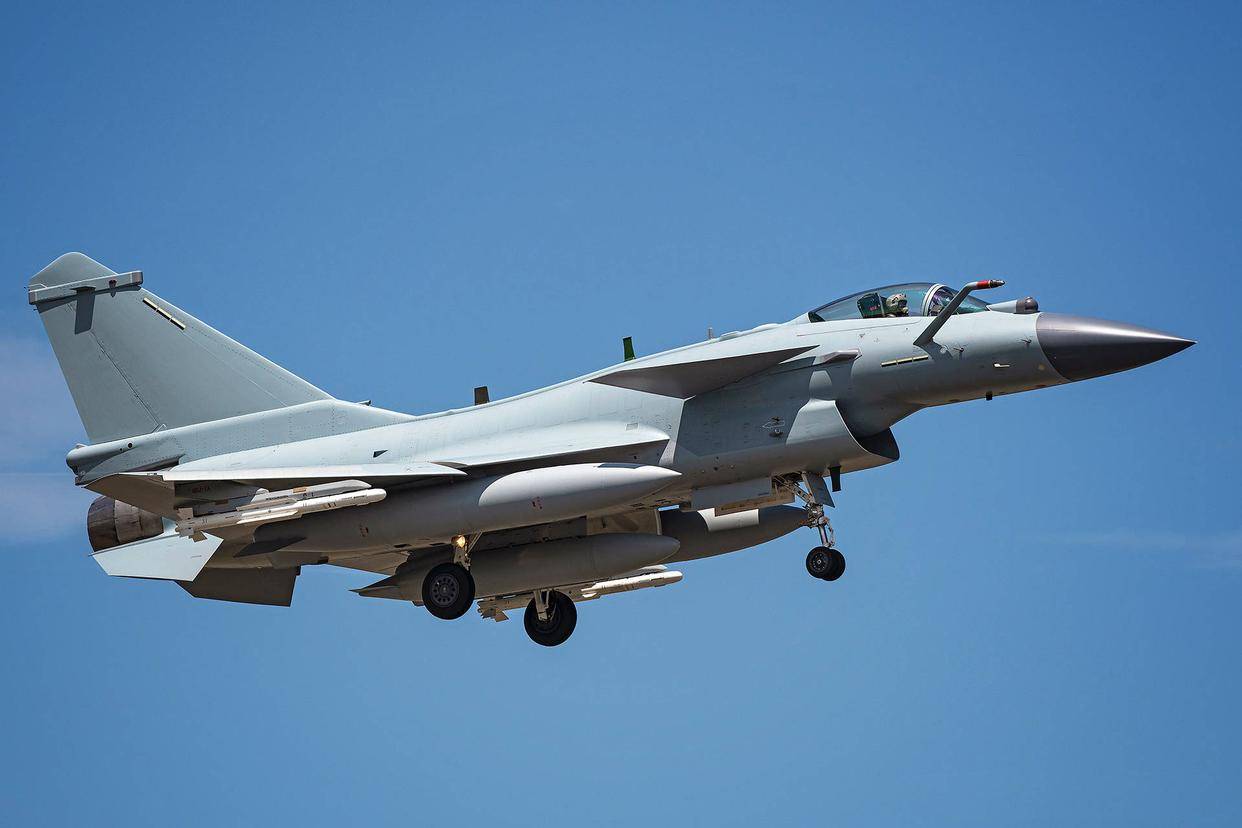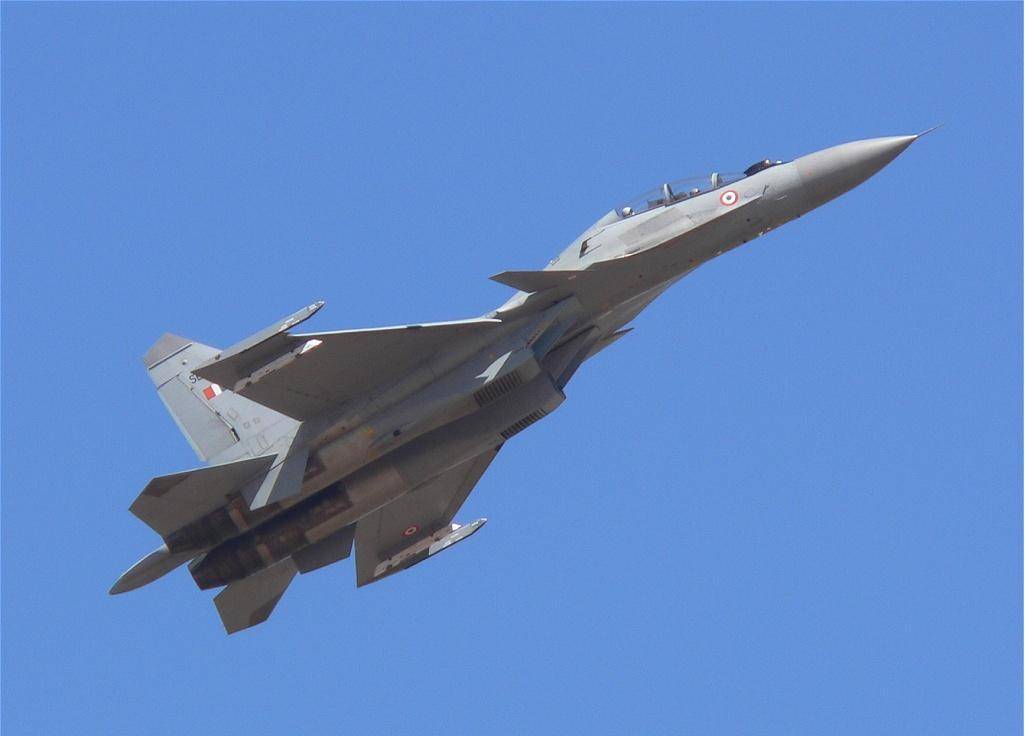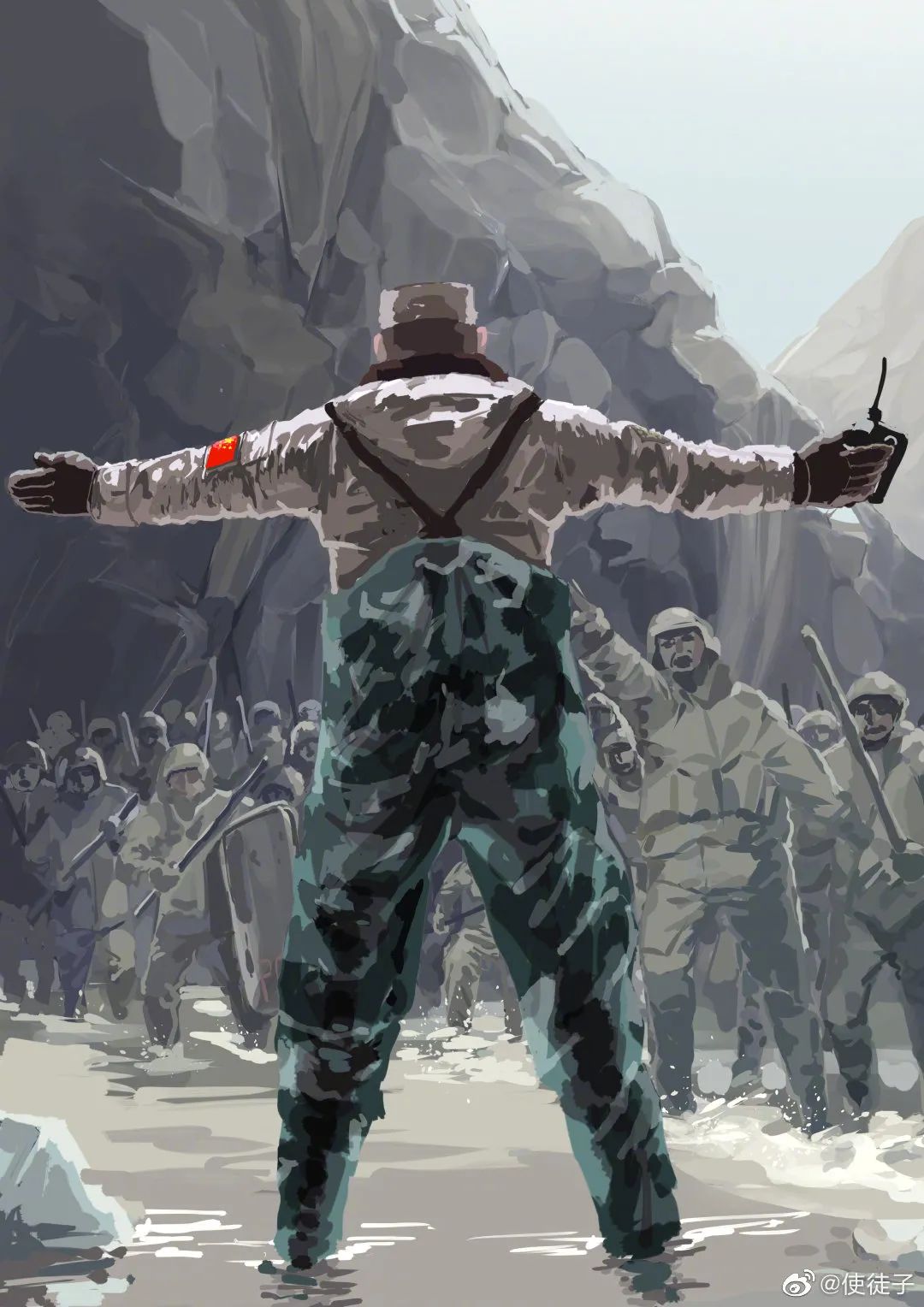Poetic Journey Through Time
Verse 1:Reading Verse: From Ripples' Dance To Wisdom's Core
In youth I read poetry, enthralled by phoenix-winged verses;
First attempts at writing revealed green ignorance.
Later composing lines, my voice shallow, unversed in meter;
Clumsy verses on paper, mere vessels for idle sorrows.
I revered Tao's purity, plucking chrysanthemums by eastern fences;
Adored Liu's self-styled title, "Scholar in White";
Admired Li's wild spirit, a hundred poems brewed in wine;
And cherished Li's cryptic laments, the inscrutable JinSe.
Verse 2: Savoring Poems: From Through Heart's Mist To Mind's shore
Young, I watched rain—drops kissed cheeks like blossoms;
Older, observed rain—its rhythm plucked heartstrings like a lute;
Now I hear rain—a wanderer's song beneath distant skies;
At Bamboo Mountain(Jiang's Rain), rain transforms to chants veiled in monastic robes.
Mourning moonlit blossoms, their fragrance scattered;
Sighing at drifting duckweed, weathered by storms;
Weeping for cloud-water hymns, where Zen and sorrow merge;
Lamenting steadfast oaths, etched in silent grief.
Verse 3: Crafting Songs: From Dew-lit Words To Tidal Roar
Forced anguish breeds stiffness;
Serendipitous lines flow like heaven's hand.
Five- or seven-word lines: metaphors to entrust the moon;
Paired stanzas: scenes fused with trembling hearts.
In brief lyrics, echoes of Shang's ancient music;
In fledgling quatrains, whispers of Tang's golden age;
In regulated verse, shadows of Han's grandeur;
In old tunes reborn, the birth of Song's new cadence.
Verse 4: Gathering Rhymes: From As Sparks Ignite To The Starry Floor
On ShanXi's streams, I float with rhymes attuned to scales;
On paulownia tablets, constellations ink resplendent prose.
Ink bleeds through pages, sighing over tones and pauses;
Poems pressed in scrolls, time's wrinkles etched in silence.
To compile old works is vanity—what use is ornament?
To sort dusty tomes is to decipher one's hidden heart.
Crumpled drafts folded into boats, anchored here awhile;
Fragmented words bound as chapters—no finality, only waiting.
Epilogue: The Seeker's Anthem
By the window, I muse on past and present—
Joy and grief dissolved in time's deep forge.
Ink congeals on yellowed leaves, seeking ancient truths;
A parched brush hums solitary lines.
A thousand poems scatter beyond misty peaks;
One anthology mirrors the poet's soul.
The breeze knows not these aged words—
It stirs blank pages, awaiting a kindred spirit.
************************************************************
Verily In Poetic Realms Doth The Chinese Tongue Reign Supreme,Where Melodic Euphony Weds Calligraphic Grace In Perfect Esteem.Behold This Verse Wherein Orient Originals Manifest Their Worth -In Linguistic Cadence And Expression, Transcending English By Multiple Strata Of Earth.







